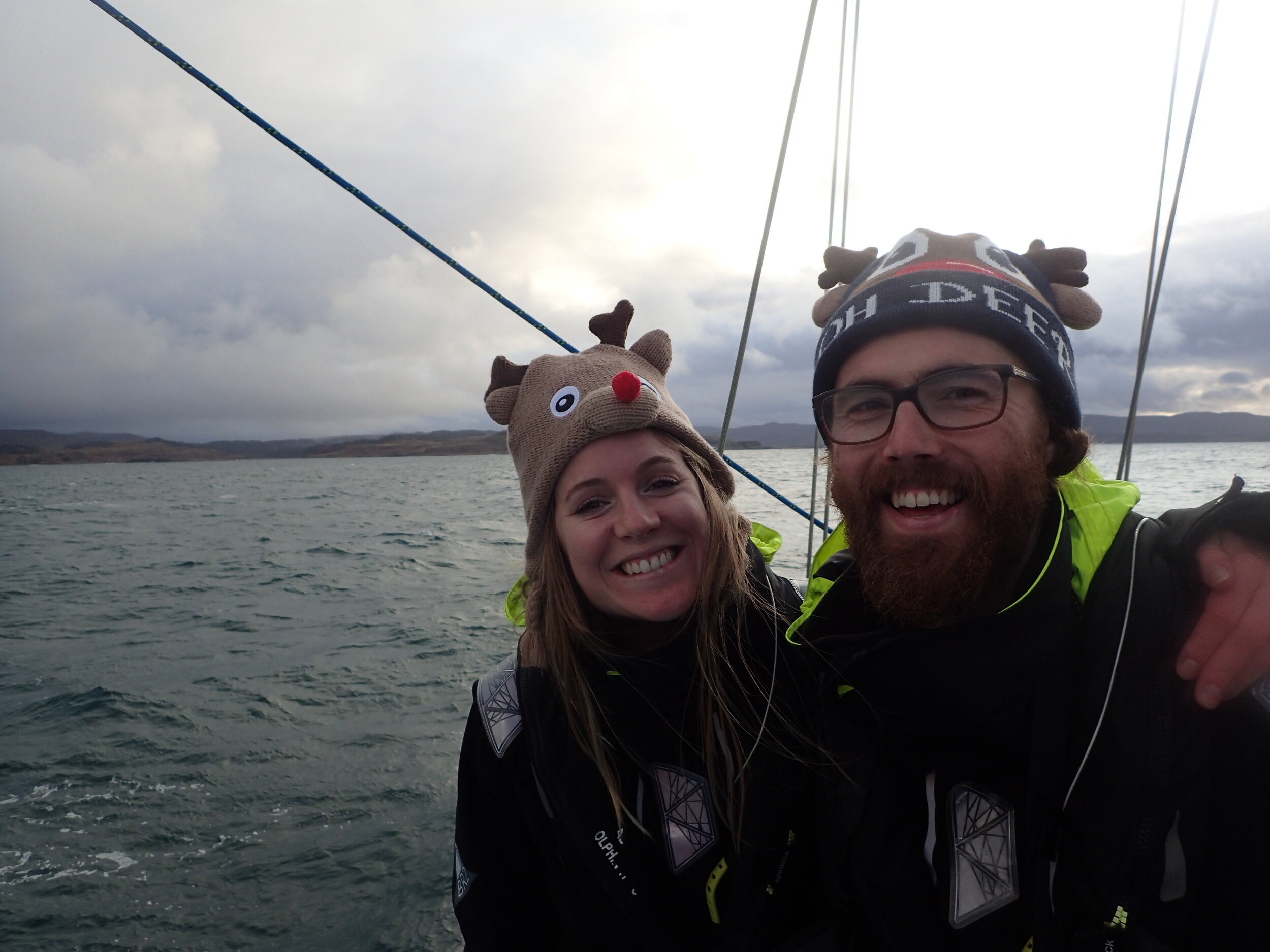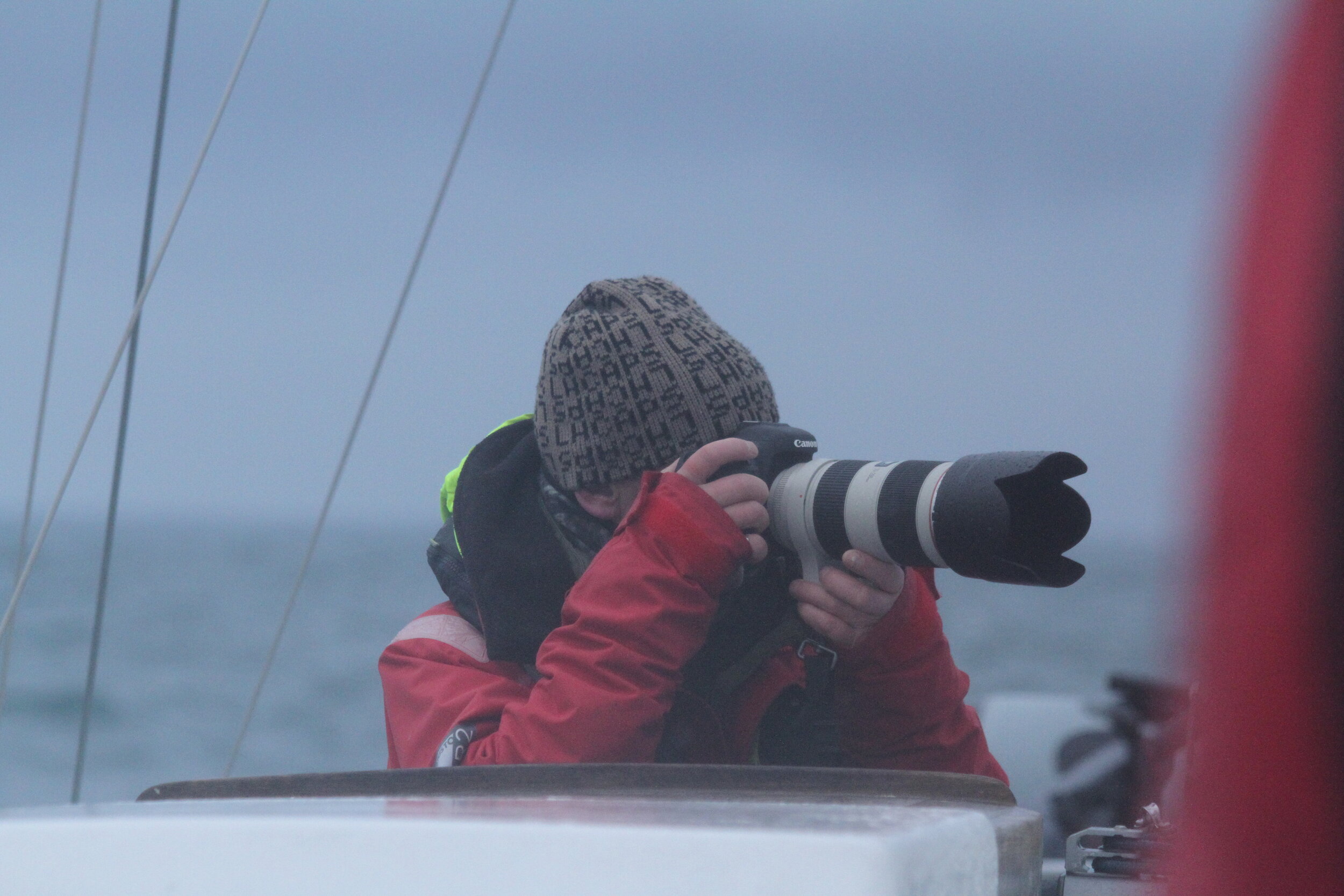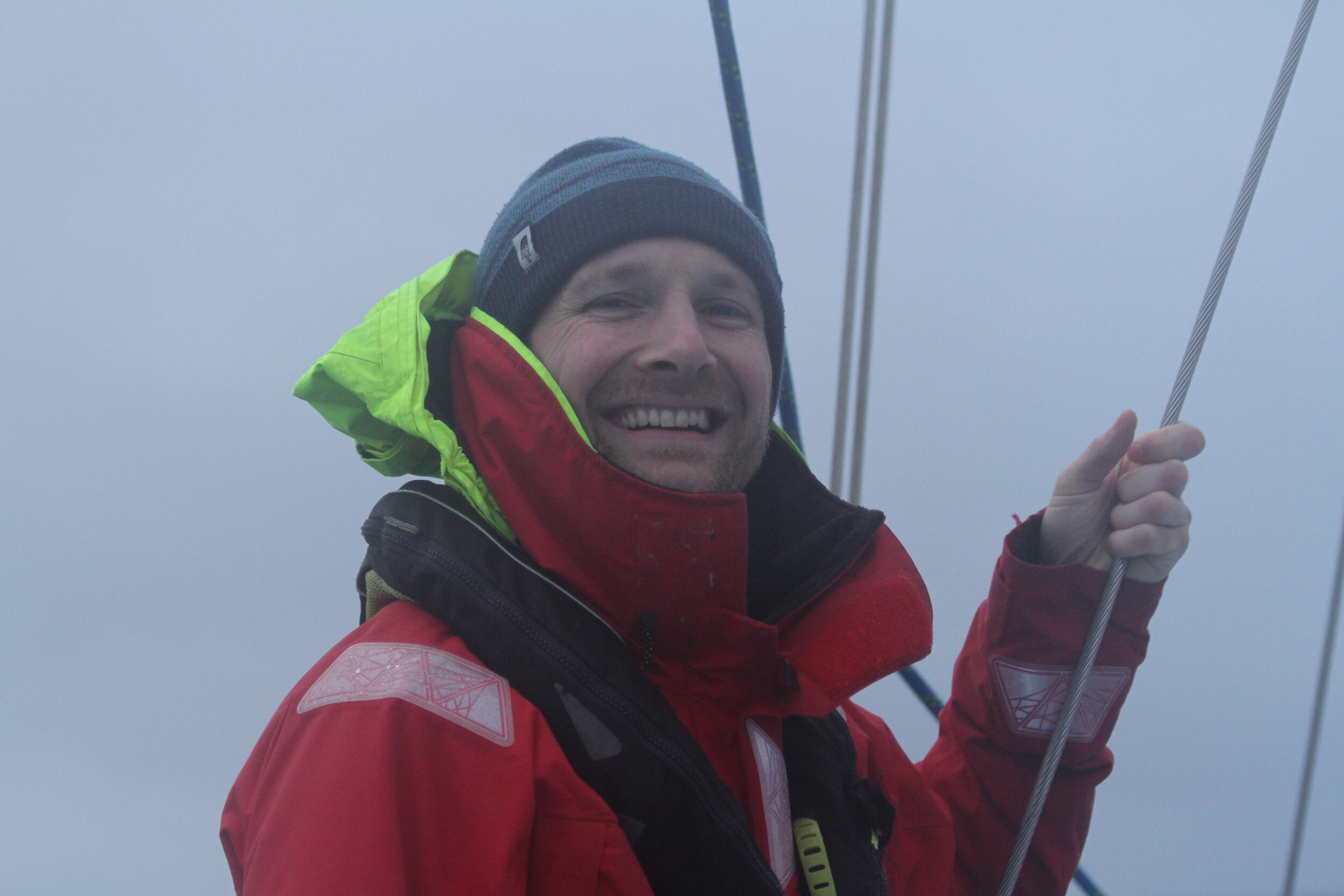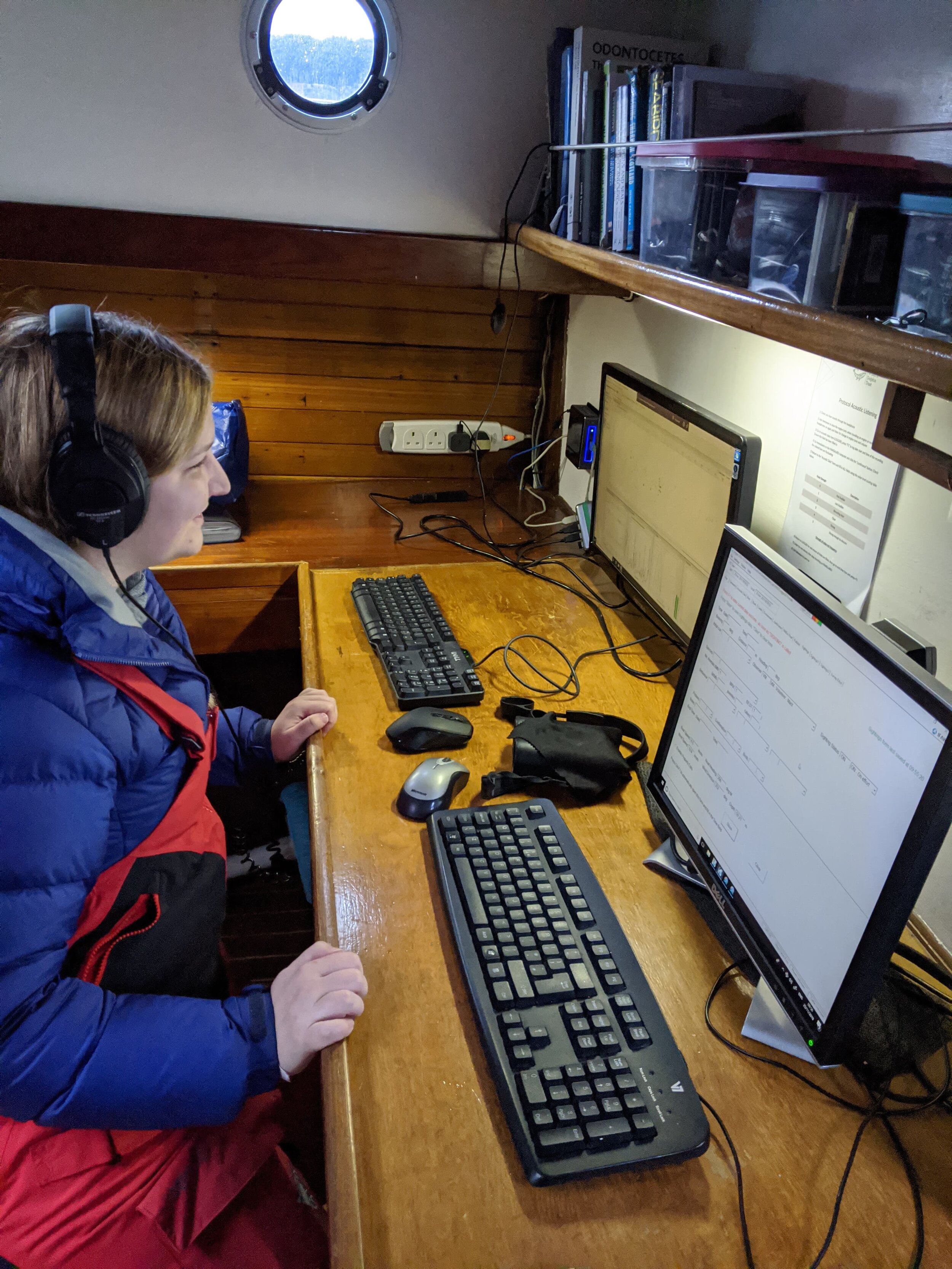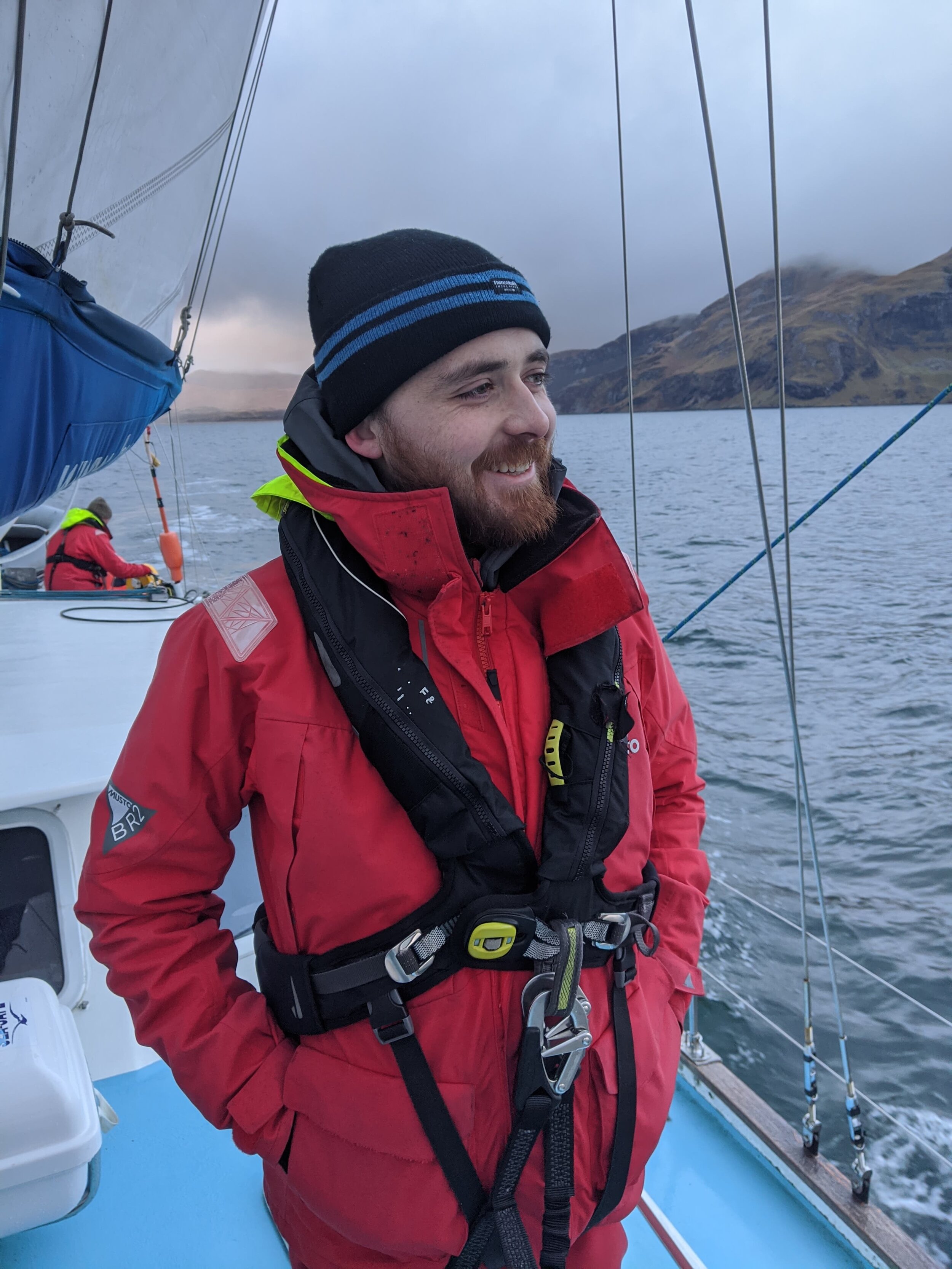December Winter Survey Update
HWDT completes research expeditions every month of the year during 2019 for the first time in our history!
Our trailblazing surveys on board our research vessel, Silurian, which run from November - March are part of our new multi-year programme of winter monitoring. Launched in January 2019, our winter surveys will allow us to assess the year-round presence and distribution of marine mammals for the first time, helping us to expand the evidence available to inform the effective conservation of cetaceans. These surveys are part of our pioneering Cetacean Research Programme which is now in its 18th year and holds the largest database of its kind for UK waters!
Silurian, ended the year in style with two winter surveys departing from our base in Tobermory. The November survey concentrated on surveying the waters around the small isles, with the December survey surveying off the north coast of Mull. In total we surveyed 159. 3 nautical miles (294.9 kms) collecting just shy of 19 hours of acoustic data, with our citizen scientists spending just 19.28 hours on effort, looking for whales, dolphins and porpoises.
Track lines for the November/ December Winter Surveys
We had some incredible sightings, highlighting how valuable winter monitoring is. In November, we had not one but two encounters with minke whales. Although we get reports of minke whales in the winter through our community sighting network, including Whale Track, this was the first ever sighting of minke whales from Silurian in November. Although both of the minke whales were elusive, it was clear that they were feeding, with lunging behaviour observed and rafts of feeding birds in the area. During the survey, we also encountered 20 harbour porpoise, 16 common seals and 6 grey seals.
The December survey didn’t lack any excitement either with a very special encounter with killer whales! As we sailed around the north coast of Mull heading towards Cailleach Point, a shout of sighting could be heard from the mast. “I don’t know what it was, but it was big!” Paul, of our citizen scientists on board explained. We spent a nervous few minutes scanning the water in anticipation. Then two unmistakable huge black fins emerged from the depths! It soon became clear that one of the individuals was none other than John Coe, who is easy to identify due to the large nick at the bottom of his dorsal fin. Looking at the photos we had taken when we returned, we also managed to deduce that the other individual is known as Aquarius, another male who is often seen with John Coe. These individuals are part of the critically endangered west coast community and therefore every sighting of these animals is extremely important and incredibly precious. It was an amazing sighting, with both of the killer whales in no rush to leave the area, staying within the proximity of the boat for over half an hour. At one point they swam over towards us, seemingly wanting a closer look and bobbing their heads above the water just 200 m away, a behaviour known as spy hopping!
11 newly trained citizen scientists joined us on board for the surveys alongside Emma (our skipper and boat manager), Becky (our marine biodiversity officer who runs the science on board) and Charlie (our first mate). Every single person that joined us on board were fantastic, dealing with the colder conditions with big smiles on their faces (along with Christmas hats on for the December survey)! You all made the surveys so much fun, with constant games and so much laughter. Thank you so much for joining us on board!
We couldn’t collect this new and vital data without you. You all made the survey so much fun. Thanks to all of you!
Thanks also to Scottish Natural Heritage who help fund the data collection programme aboard Silurian.
Feeling inspired to get involved with our marine conservation efforts? We still have spaces on our 2020 summer surveys with trips for Ullapool, Kyle of Lochalsh and Tobermory. Come and join us on board for your chance to contribute to our research and encounter some of the amazing wildlife we have in our waters!






